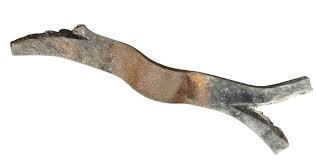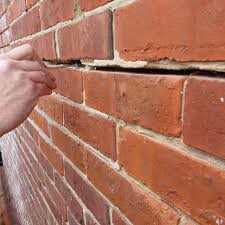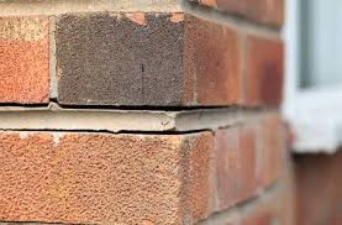Tyne & Wear (Newcastle, Sunderland, Durham, South Shields, Whitley Bay)
Tyne & Wear (Newcastle, Sunderland, Durham, South Shields, Whitley Bay)
Northumberland (Ashington, Bedlington, Blyth, Cramlington, Morpeth)
Northumberland (Corbridge & Hexham)
Northumberland (Alnwick)
Office Opening Times:






